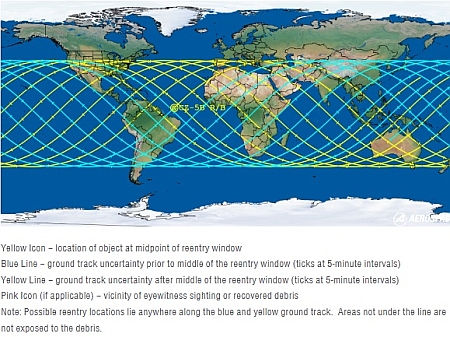China launches test satellite
The launch list changes immediately! China also completed a successful launched today, using its Long March 11 rocket to put an experimental satellite into orbit, designed to do “in-orbit verification of new space technologies.”
The rocket is solid-fueled, and designed to launch quickly as needed. No word on where its lower stages crashed inside China.
The updated leaders in the 2022 launch race:
60 China
57 SpaceX
21 Russia
9 Rocket Lab
8 ULA
The U.S. still leads China 81 to 60 in the national rankings, but trails the entire world combined 92 to 81.
The launch list changes immediately! China also completed a successful launched today, using its Long March 11 rocket to put an experimental satellite into orbit, designed to do “in-orbit verification of new space technologies.”
The rocket is solid-fueled, and designed to launch quickly as needed. No word on where its lower stages crashed inside China.
The updated leaders in the 2022 launch race:
60 China
57 SpaceX
21 Russia
9 Rocket Lab
8 ULA
The U.S. still leads China 81 to 60 in the national rankings, but trails the entire world combined 92 to 81.





